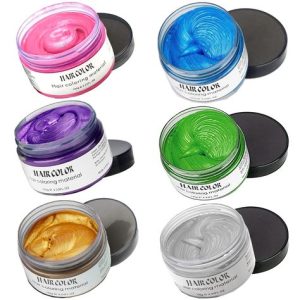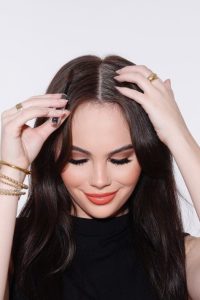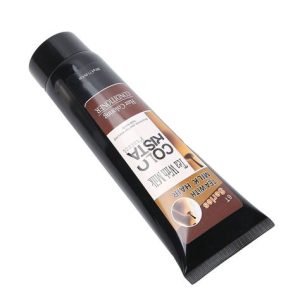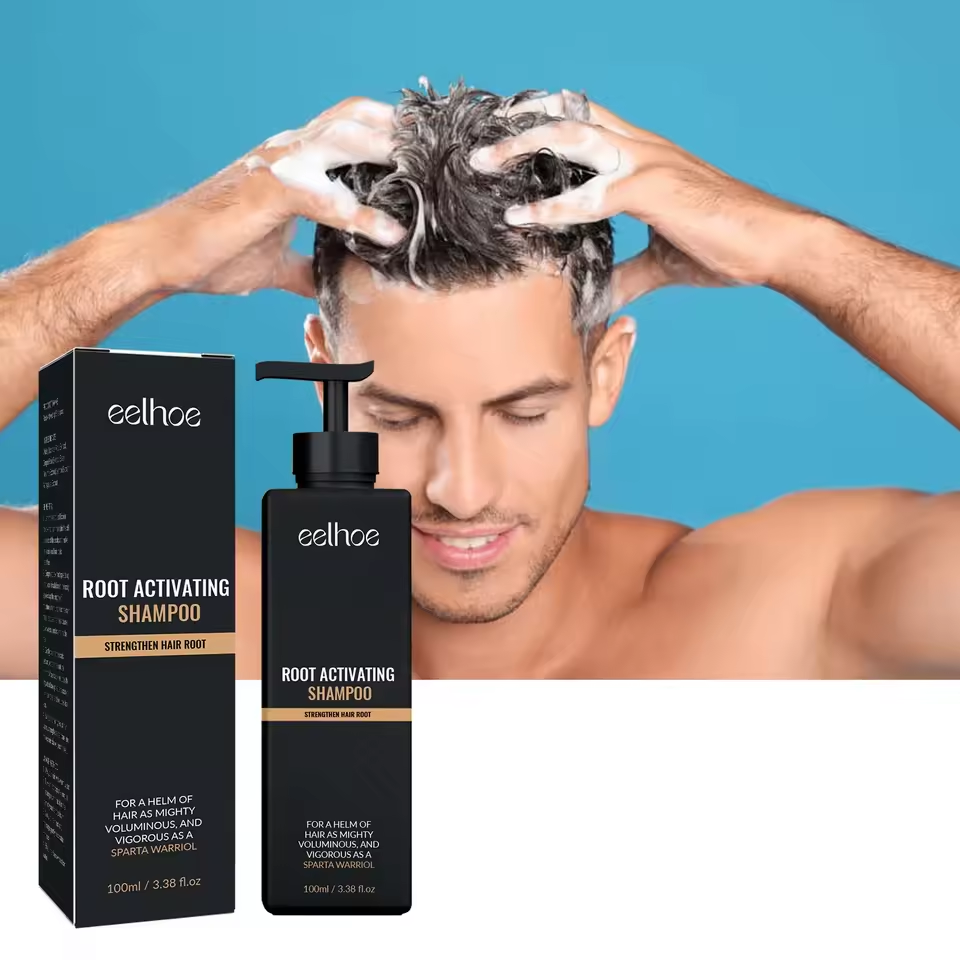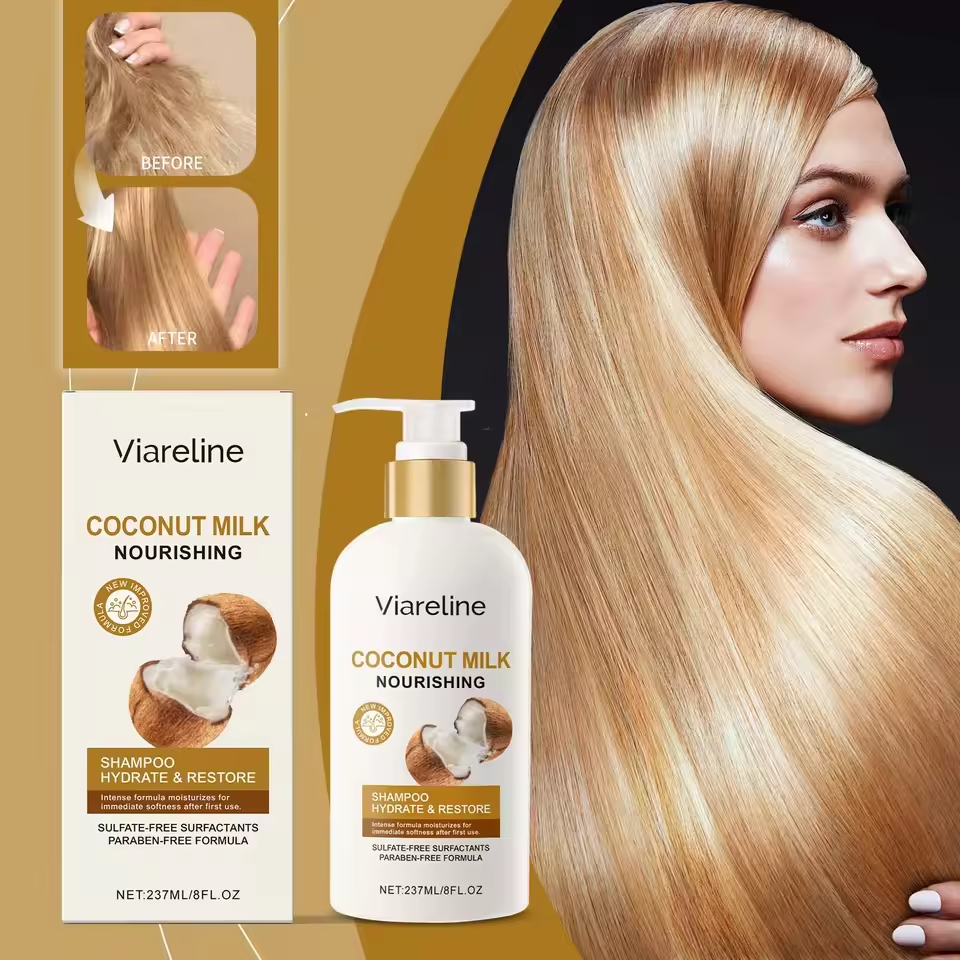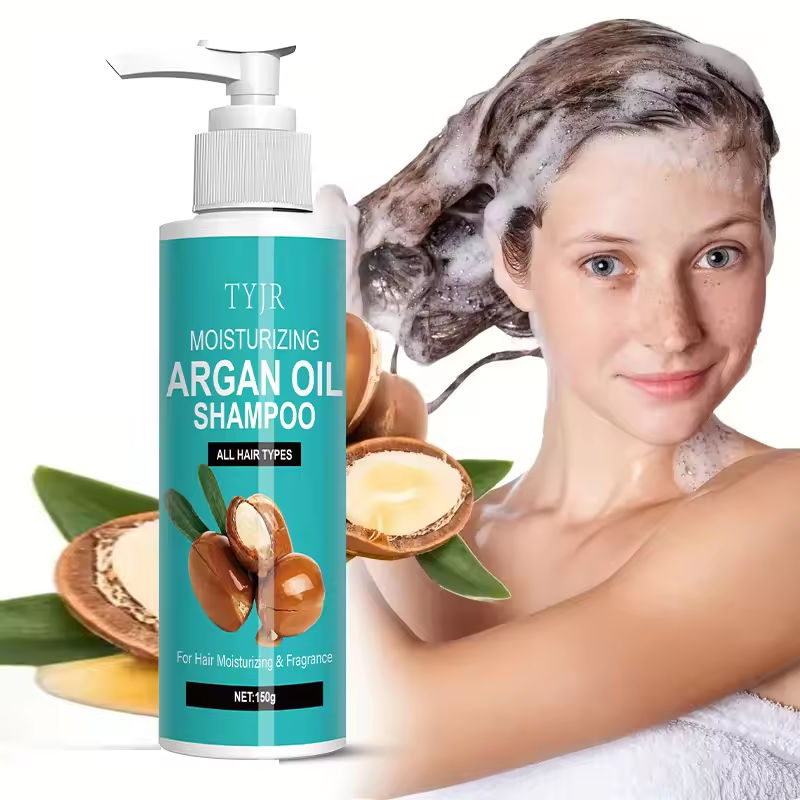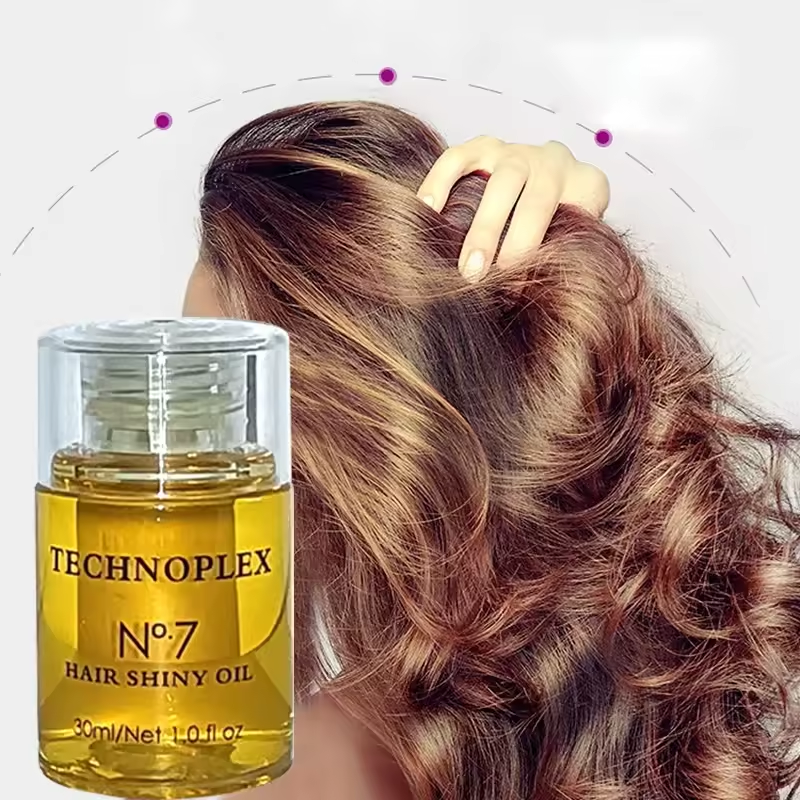Hair dye can transform your look, but dyeing wet hair can be tricky. This guide explores the pros and cons of dyeing wet hair, safety precautions, and alternative methods.
Understanding Hair Dye
There are two main types of hair dye: permanent and temporary.
Permanent hair dye contains chemicals that lighten or darken your natural hair color. It works by opening the hair cuticle, depositing color, and then closing the cuticle.
Temporary hair dye coats the hair shaft without altering its natural structure. Temporary dyes come in various forms, like rinses, sprays, and masques.
Safety Precautions
Regardless of hair type or dye type, prioritize safety:
Always follow the instructions on the dye package. Different dyes have specific application instructions.
Perform a strand test before full application. Apply a small amount of dye to a hidden strand of hair to check for allergic reactions or unexpected color results.
Protect your skin and clothes. Wear gloves and a cape to avoid staining.
Dyeing Wet Hair: Pros and Cons
Pros:
- Easier application: Wet hair can absorb dye more readily, potentially making application smoother.
- Subtle color: Dyeing damp hair can result in a softer, more natural-looking color deposit, especially with highlights.
Cons:
- Uneven color: Wet hair may absorb dye unevenly, leading to patchy results.
- Scalp irritation: The chemicals in permanent dye can be more irritating on a wet scalp.
- Faded color: Wet hair cuticle might not be fully closed, potentially causing the color to fade faster.
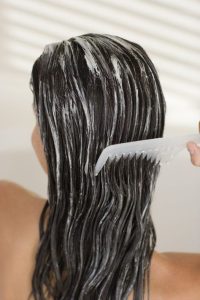
Alternatives to Dyeing Wet Hair
For optimal results and healthy hair, consider these alternatives:
-
Dry hair application (permanent dye): This is the recommended method for permanent dyes. Dry hair allows for more even color application and processing.
-
Semi-permanent or temporary dye: These dyes are gentler and can be applied to wet or dry hair. They deposit color on the hair shaft and typically don’t require a developer.
-
Highlights or lowlights: Consult a professional colorist for techniques like balayage or ombre that can achieve a natural-looking color change without fully saturating the hair.
When to Consult a Professional
If you have concerns or prefer a more dramatic color change, a professional colorist can:
- Recommend the best dye type and application method for your hair.
- Ensure even color application and processing.
- Minimize the risk of hair damage.
While dyeing wet hair can be tempting for its ease of application, prioritizing healthy hair and even color results is important. Consider the type of dye and desired outcome before deciding. If you’re unsure, consult a professional colorist for personalized advice.
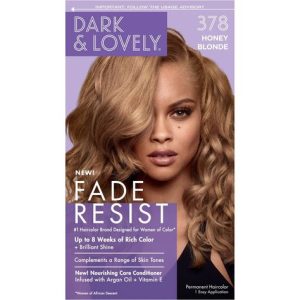
Hair Coloring Techniques for Different Looks
There are many creative ways to achieve your desired hair color, whether you want a dramatic change or something more subtle. Here are some popular techniques:
- Balayage: This freehand highlighting technique creates a natural-looking, sun-kissed effect.
- Ombre: This technique creates a gradual transition from a darker root to lighter ends.
- Highlights: Highlights add streaks of lighter color throughout the hair, adding dimension and texture.
- Lowlights: Lowlights add streaks of darker color, creating depth and richness.
These techniques can be achieved with both permanent and temporary dyes. For best results, consult a professional colorist who can recommend the best method for your hair type and desired outcome.
Maintaining Vibrant Hair Color
Once you’ve achieved your dream hair color, here are some tips to keep it looking its best:
- Use color-safe shampoo and conditioner. These products are formulated to gently cleanse your hair without stripping away color.
- Wash your hair less frequently. Daily shampooing can fade color faster. Try washing your hair every other day or even less frequently.
- Minimize heat styling. Heat can damage hair and dull color. Let your hair air dry whenever possible and use heat styling tools on low settings with a heat protectant spray.
- Deep condition regularly. Deep conditioning helps to replenish moisture and keep your hair healthy and vibrant.
While dyeing wet hair may seem like a shortcut, it can lead to uneven color and potential hair damage. Consider the type of dye and desired outcome before deciding. Explore alternative methods and prioritize healthy hair for long-lasting vibrant color. If you’re unsure about dyeing your hair at home, a professional colorist can advise you on the best course of action for your hair type and goals.
Taking Care of Dyed Hair
Hair coloring can be a fun way to express yourself, but it’s important to take care of your hair afterwards to maintain healthy, vibrant color. Here are some tips:
- Wash less frequently. Daily shampooing can strip away color faster. Try washing your hair every other day or even less frequently. When you do wash, use cool or lukewarm water as hot water can also fade color.
- Color-safe products. Look for shampoos and conditioners formulated for color-treated hair. These products are gentler and help protect your hair color.
- Deep condition regularly. Deep conditioning helps replenish moisture lost during the coloring process and keeps your hair healthy and manageable.
- Minimize heat styling. Heat can damage hair and dull color. Let your hair air dry whenever possible and use heat styling tools on low settings with a heat protectant spray.
The Science of Hair Dye on Wet Hair
Hair dye interacts with the hair strand in a specific way. Let’s explore what happens:
- Hair cuticle: The hair strand has an outer layer called the cuticle. It acts like shingles on a roof, protecting the inner core.
- Dye molecules: Hair dye contains molecules small enough to penetrate the cuticle.
Here’s why wet hair can affect dyeing:
- Open cuticle: Water can slightly open the hair cuticle. This might seem beneficial for dye absorption, but it can be unpredictable.
- Uneven results: Water distribution in wet hair can be uneven. This can lead to the dye adhering unevenly to hair strands, resulting in patchy or splotchy color.
Sun Protection
Sun exposure can also fade hair color. Here are some ways to protect your hair from the sun:
- Wear a hat when you’re spending time outdoors.
- Use hair products with UV protection.
- Limit direct sun exposure during peak hours (10 am to 4 pm).
Conclusion
Can you dye wet hair? It depends on the type of dye and the desired outcome. For best results, consult a professional colorist who can recommend the best course of action for your hair type and goals. They can also advise you on proper aftercare to maintain healthy, vibrant color.


